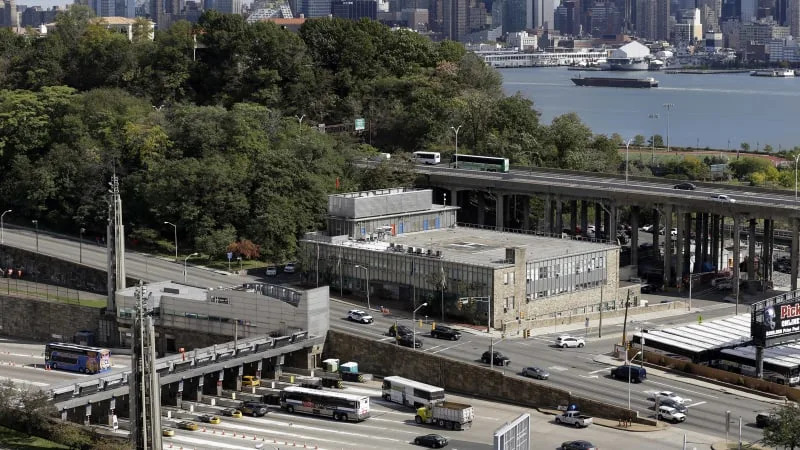While New York City’s push to charge motorists $15 to enter Manhattan’s congested central business district next year inched forward Thursday with the release of a recommended toll structure, a pending lawsuit by New Jersey Gov. Phil Murphy has put that timeline in limbo.
The Metropolitan Transportation Authority, which runs New York City’s subways, buses and commuter rail lines, wants to start charging the congestion pricing as soon as late Spring so it can use the estimated $1 billion a year it would generate to modernize a more than 100-year-old system.
Murphy sued in July, arguing that congestion pricing will force New Jersey commuters who drive into the city to pay for the MTA’s expenses. He wants a court to require a longer environmental analysis of the tolling program, which would delay implementation.
That may mean the MTA would need to wait longer than planned for the new revenue. The agency has already said that without the flow of money, it would need to sell bonds that are repaid from its operating budget earlier than anticipated, costing as much as $300 million a year in additional debt-service expenses. It also delayed a $1.3 billion project to modernize signals on the A and C subway lines in Brooklyn because its funding relies on congestion pricing receipts.
“We want to see this implemented as quickly as possible,” said Tom Wright, president and chief executive officer at Regional Plan Association, a nonprofit organization that promotes economic health and environmental resiliency in the New York City area. “Every day this gets delayed, it really does cost the MTA and it costs people in increased traffic and worsened air quality.”
New York City’s plan — the first of its kind in the US — would charge motorists entering south of 60th street into Manhattan’s central business district. The MTA will then borrow against that revenue stream to extend the Second Avenue subway line to 125th street, add more elevators and escalators to subway and train stations and help strengthen the transit system against extreme weather.
